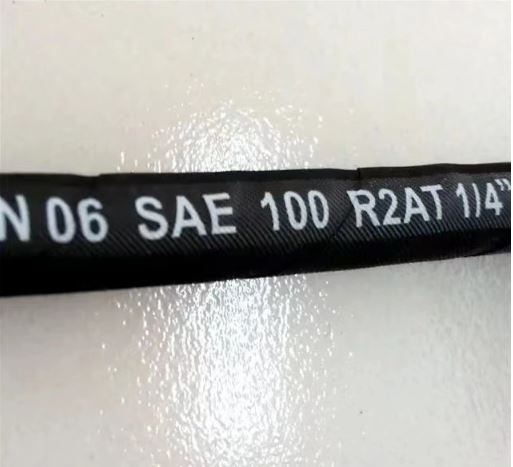braided pvc hose
Braided PVC Hose Versatility and Strength in Fluid Transfer
When it comes to transferring fluids in various industrial and domestic applications, the choice of hose can significantly impact efficiency and safety. One popular option that has gained traction over the years is the braided PVC hose. This flexible and durable tubing type is renowned for its robust construction and versatility, making it a favorite in numerous fields, including agriculture, construction, automotive, and pharmaceuticals.
Composition and Design
Braided PVC hoses are typically made from high-quality polyvinyl chloride (PVC) that is reinforced with polyester or nylon braids. This unique combination of materials allows the hose to withstand high pressures and temperatures, making it suitable for a wide range of applications. The braided reinforcement offers enhanced tensile strength, which means the hose can endure more stress and is less likely to rupture under pressure.
The design of the braided PVC hose often includes a smooth inner wall, which ensures a smoother flow of fluids and reduces turbulence. This characteristic is particularly beneficial in applications where precise fluid transfer is crucial. Furthermore, the external surface is designed to resist abrasion and UV exposure, making these hoses ideal for outdoor use.
Applications
One of the most appealing features of braided PVC hoses is their versatility. They are commonly used in agriculture for irrigation purposes, enabling farmers to transport water efficiently. In construction, these hoses are employed for dust suppression and concrete mixing, helping to create a safer work environment.
Braided PVC Hose Versatility and Strength in Fluid Transfer
Advantages
braided pvc hose

The advantages of using braided PVC hoses are manifold. First and foremost is their strength; the reinforced structure ensures durability and longevity, reducing the need for frequent replacements. This is particularly cost-effective for businesses that rely heavily on fluid transfer systems.
Another significant advantage is flexibility. Braided PVC hoses can be easily coiled and uncoiled, allowing for straightforward handling and storage. They are lightweight compared to metal hoses, making them easier to manipulate in tight spaces. Additionally, they can be cut to length, offering customizable solutions based on specific needs.
The resistance to kinks and abrasion further enhances the practicality of braided PVC hoses. Unlike some rubber hoses, which may kink and disrupt the flow, these hoses maintain an uninterrupted passage for liquids. This reliability is crucial for maintaining operational efficiency.
Maintenance and Care
To ensure the longevity of braided PVC hoses, proper maintenance is essential. Regular inspections for leaks, wear, or damage should be conducted, especially in high-pressure applications. Cleaning the hose after use, particularly in scenarios involving chemicals or food products, will help prevent contamination and degradation.
Moreover, storing the hose properly when not in use—preferably in a cool, dry place—will help maintain its quality and extend its lifespan. Avoiding exposure to extreme temperatures and harsh chemicals will also prevent premature wear.
Conclusion
In summary, braided PVC hoses combine strength, flexibility, and versatility, making them suitable for a multitude of applications across diverse industries. Their construction allows for efficient fluid transfer while minimizing the risk of damage or failure, positioning them as a go-to solution for both industrial and domestic users alike. As technology advances, we can expect further innovations in hose design, but the braided PVC hose will likely continue to play a crucial role in fluid management systems for years to come.
-
Welded Wire Mesh Panel: Durable, Versatile, and AffordableNewsJul.28,2025
-
Top Quality Oxy Acetylene Hoses for Sale Fit for Welding DemandsNewsJul.28,2025
-
The Future of Pneumatic Air Tubes in IndustryNewsJul.28,2025
-
Superior and Reliable LPG Hose Pipe Solutions for Every NeedNewsJul.28,2025
-
Exceptionally Durable and Versatile Premium Braided PVC TubingNewsJul.28,2025
-
Best Adapters for Connecting Garden Hose to PVC Pipe ConnectionsNewsJul.28,2025














